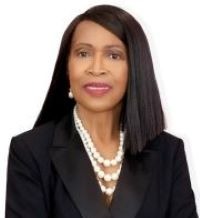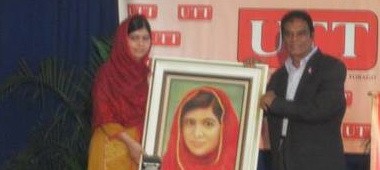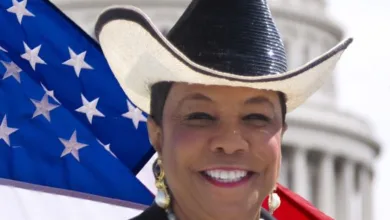In Search of Inspiration: Marlon Brando
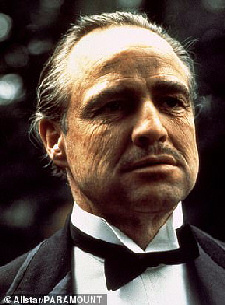

By Spence Finlayson
NASSAU, Bahamas – Today, we find our inspiration from one of the greatest actors ever, Marlon Brando.
Marlon Brando was an American actor whose approach to performing influenced multiple generations of actors. In films like A Streetcar Named Desire (1951) and On the Waterfront (1954).
Brando helped introduce a new style of acting to Hollywood and to audiences, while his later roles in films like The Godfather (1972), Superman (1978), and Apocalypse Now (1979) drew praise for his performances but made headlines for his challenging behind-the-scenes behavior.
Marlon Brando was born in 1924 in Omaha, Nebraska. As a teenager living in Libertyville, Illinois, Brando worked at the local movie theater as an usher.
Brando performed on stage as a student at Shattuck Military Academy in Minnesota, and in 1942 he followed in his eldest sister’s footsteps by moving to New York City to learn acting at the American Academy of Dramatic Arts (Jocelyn made her Broadway debut earlier that year).
The primary influence on Brando’s acting style came from his work in New York with Stella Adler, whose techniques based on Russian performer Konstantin Stanislavski’s approach to acting came to be called one of several types of “method acting,” though Brando himself disliked the term.
Nevertheless, Brando would be strongly identified with both the positive and negative associations of method acting for his entire career.
After performing in (and subsequently getting kicked out of after accusations of being difficult to work with) regional productions in New York, Brando made his Broadway debut in 1944’s I Remember Mama. Over the next few years, he gained positive reviews and several awards for his Broadway performances.
Brando’s final Broadway role was his most famous. He originated the role of the violent, working-class character Stanley Kowalski in Tennessee Williams’ 1947 play A Streetcar Named Desire.
Brando’s performance was critically acclaimed, and he reprised the role in the 1951 film adaptation (Brando’s second film performance). The success of the film turned Brando into a major film star and resulted in Brando’s first Academy Award nomination for Best Actor, which he followed with three consecutive nominations.
Brando received additional acclaim and Oscar nominations for his roles in 1952’s Viva Zapata!, in which he starred as Mexican Revolution leader Emiliano Zapata, and in 1953’s Julius Caesar, in which he played Mark Antony in the adaptation of William Shakespeare’s drama.
That year Brando also starred in one of his most iconic roles as an outlaw motorcycle gang leader in The Wild One. The image of Brando riding a motorcycle in a cap, leather jacket, and blue jeans became one of the most enduring cinematic images of the early 1950s.
Brando finally won his first Best Actor Oscar for his performance in 1954’s On the Waterfront. In the film Brando plays former boxer Terry Malloy, who threw a fight to help his brother win money and went on to work as a longshoreman. After witnessing a murder ordered by the union boss, Malloy is conflicted on whether he should cooperate with investigators. Malloy’s “I coulda’ been a contender” speech is one of the most famous in film history.
Other key roles for Brando in the 1950s were Guys and Dolls (1955) and Sayonara (1957), though none of his films in the latter half of the decade equaled his successes in the earlier half. Brando began the 1960s with the Western One-Eyed Jacks (1961), which was the only film Brando ever officially directed, and the very troubled production Mutiny on the Bounty (1962).
The production of Mutiny on the Bounty went significantly over-budget and employed three directors, including an uncredited Brando, who also made uncredited rewrites to the script. Both films lost significant money at the box office, and the press reported that Brando caused friction on the sets, including expensive demands on the studios, which caused many of the budget issues.
Though Brando appeared in ten more films in the 1960s, none reached the height of his 1950s successes either with critics or at the box office, with the exception of 1967’s Reflections in a Golden Eye, in which Brando plays a military officer with conflicted feelings regarding his sexuality. Though the film was not a financial success, it was Brando’s most acclaimed role of the decade.
Though Paramount Pictures was hesitant with the decision, director Francis Ford Coppola cast Brando as Don Corleone in his film adaptation of Mario Puzo’s bestselling crime novel The Godfather. Brando’s performance as the aging, but still viciously powerful mafia boss has been recognized by critics and audiences as one of the greatest in film history and continues to be celebrated in pop culture.
Though Brando won the Academy Award for Best Actor for his performance as Don Corleone, he did not attend the ceremony and sent Sacheen Littlefeather, an activist and president of the “National Native American Affirmative Image Committee,” to refuse the Oscar and instead deliver a speech about Hollywood’s portrayal of Native Americans.
Brando’s next film was the controversial 1972 erotic movie Last Tango in Paris, about a middle-aged American and his relationship with a young French woman played by Maria Schneider. The film’s sexual content caused it to be banned in several countries and faced protests during its U.S. release, but it was a worldwide hit.
Though Brando still could turn in acclaimed performances, such as his Emmy Award-winning performance in the 1977 miniseries Roots: The Next Generations, his often-difficult on-set behavior drew the ire of filmmakers he worked with. He pulled out of a cameo appearance in 1974’s The Godfather Part II, forcing last-minute script rewrites. While playing Superman’s Kryptonian father Jor-El in 1978’s Superman, Brando refused to learn his lines and read his dialogue from cue cards (an increasingly common practice for the actor).
In addition to his two Best Actor Oscars (though he infamously refused to accept the second one) and eight total Oscar nominations, Brando also won major actor awards from the British Academy, the Golden Globes, and from many major film festival and critical organizations throughout the U.S. and Europe.
Brando received a star on the Hollywood Walk of Fame in 1960. He is regularly cited by critics and other actors as one of the greatest actors and biggest stars in Hollywood history.
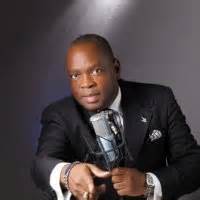
Spence M. Finlayson is the founder & CEO of The Phoenix Institute For Positive Development & Empowerment, a Human Resources Development firm based in Nassau with a global reach. He can be contacted at his email at [email protected] or website The Phoenix Empowerment

